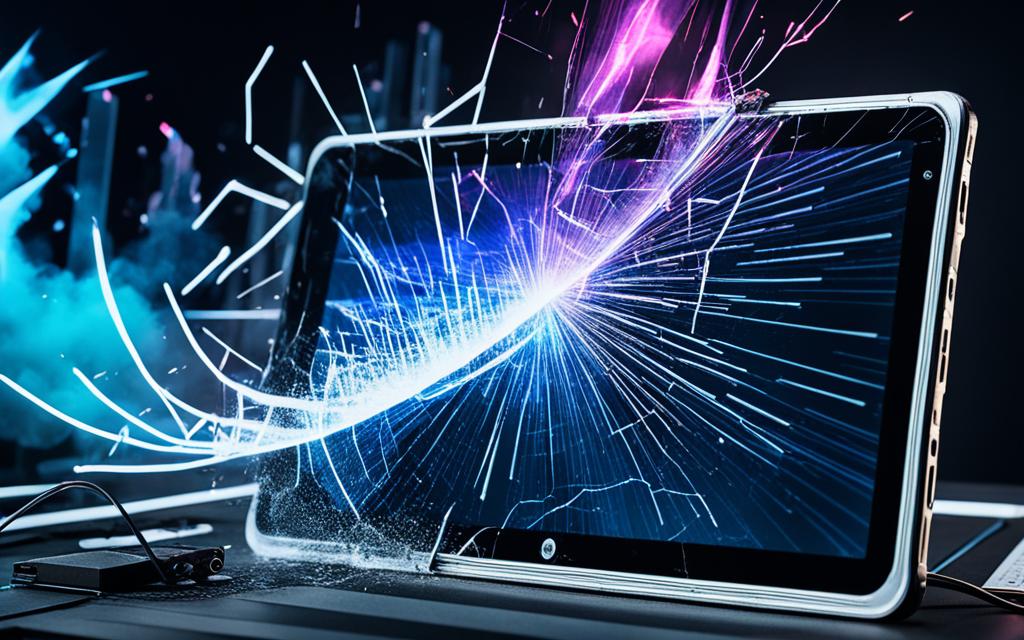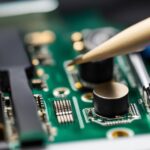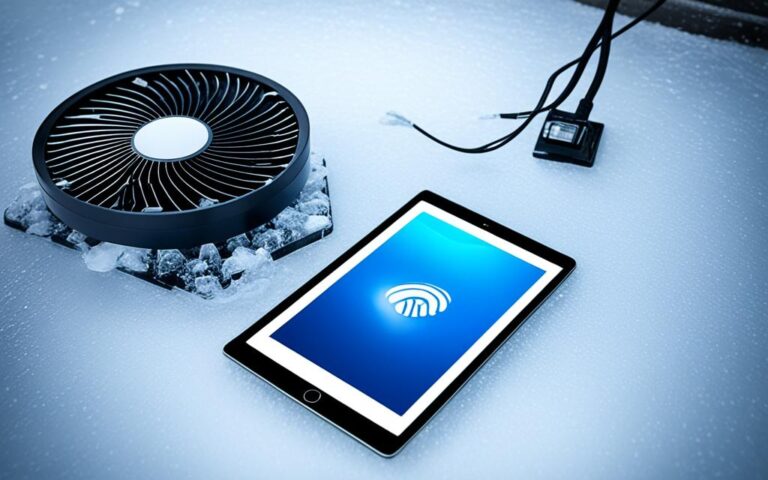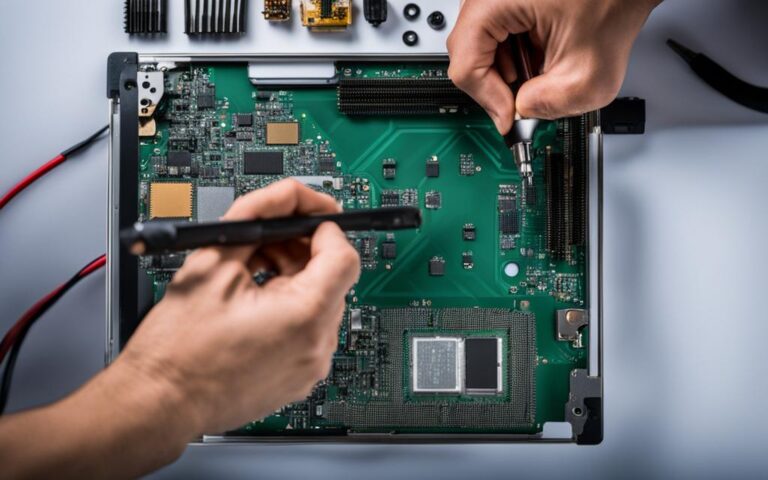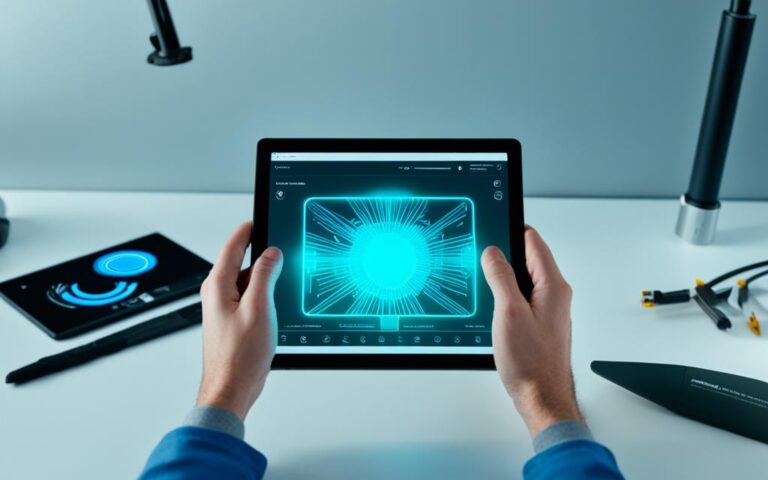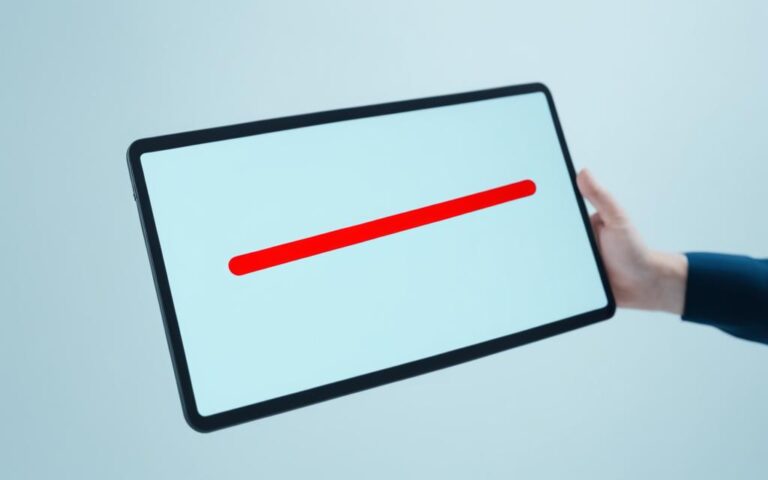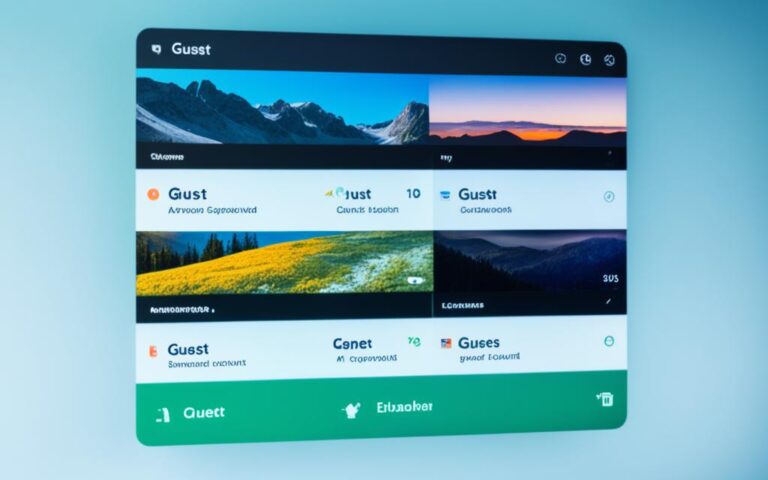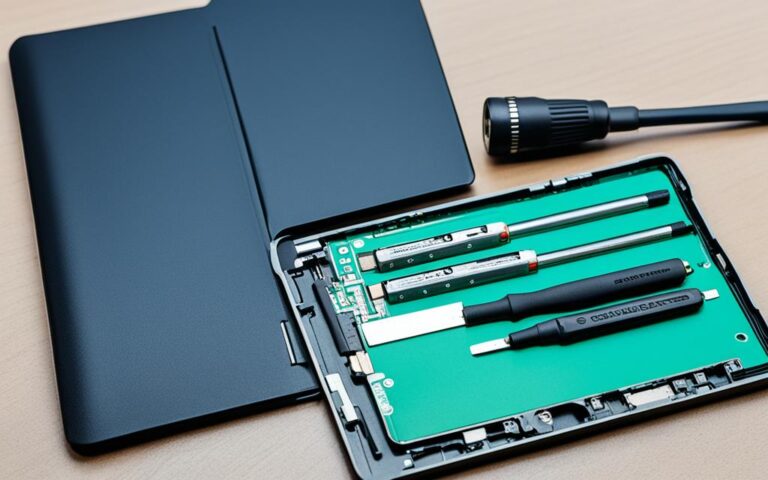Addressing Tablet Graphics Card Failures
Graphics card failures are a common problem faced by tablet users. Whether it’s a black screen, visual artifacts, poor performance, or overheating, these issues can greatly impact the tablet’s functionality. In this article, we will explore expert solutions to diagnose, repair, and prevent common tablet graphics card failures.
Tablet graphics card failures can be frustrating, but there are solutions to diagnose, repair, and prevent these issues. By following the troubleshooting steps and preventive measures outlined in this article, tablet users can effectively address graphics card failures and maintain optimal performance.
Common Tablet Graphics Card Failures
The most common tablet graphics card failures include a black screen, visual artifacts, poor performance, and overheating. A black screen may indicate a faulty graphics card, while visual artifacts manifest as strange colored squares or flickering elements on the screen. Poor performance can lead to low frame rates and insufficient support for high-resolution and detail settings. Overheating is a major cause of GPU artifacts and can lead to a reduced lifespan. Understanding these common failures is crucial for effective troubleshooting.
When a tablet’s graphics card fails, it can be frustrating and impact the overall user experience. For example, a black screen can render the tablet unusable, while visual artifacts distort the display. Poor performance hinders smooth operation and limits the tablet’s capabilities, especially when running graphic-intensive applications or games. Overheating not only causes discomfort to the user but also poses a risk of permanent damage to the tablet’s internal components.
To address these common failures, tablet users need to identify the underlying issues and take appropriate action. Diagnosing a black screen or visual artifacts requires careful observation and analysis. Isolating the cause may involve testing the tablet on a different display or connecting it to an external monitor to determine if the problem persists. Poor performance can be assessed by monitoring frame rates and system resources, while overheating can be detected through high temperatures or loud fan noises.
Once the specific failure is identified, appropriate troubleshooting steps can be taken. It is recommended to consult the tablet manufacturer’s guidelines or seek professional assistance if necessary. In some cases, a simple restart or driver update may resolve the issue, while more complex failures may require hardware checks or component replacements.
To prevent tablet graphics card failures, it is essential to practice good maintenance habits. Regularly cleaning the tablet’s vents and ensuring proper airflow can help prevent overheating. Managing cables and organizing the tablet setup can optimize cooling and minimize the risk of damage. Monitoring temperatures and avoiding overclocking, which is pushing the graphics card beyond its intended capabilities, can also prevent premature failure.
By understanding the common failures associated with tablet graphics cards and implementing the appropriate troubleshooting and preventive measures, tablet users can ensure a smooth and reliable performance while maximizing the lifespan of their devices.
Troubleshooting Tablet Graphics Card Failures
When facing tablet graphics card failures, there are several troubleshooting steps that can be taken. These solutions can help diagnose and resolve issues, ensuring that your tablet’s graphics card functions optimally. Let’s explore some of these troubleshooting methods:
1. Restart the Graphics Driver
One of the first steps to try when experiencing graphics card failures on your tablet is to restart the graphics driver. This can be done by following these simple steps:
- Press the Windows key + X on your keyboard and select “Device Manager” from the menu.
- In the Device Manager window, expand the “Display adapters” category.
- Right-click on the graphics card driver and select “Restart” from the context menu.
Restarting the graphics driver can often resolve connectivity issues and restore normal functionality to your tablet’s graphics card.
2. Try a Different Video Output
If restarting the graphics driver doesn’t solve the issue, you may want to try using a different video output on your tablet. This can help identify compatibility problems between the graphics card and your current display. To do this:
- Ensure your tablet is connected to a power source and turned off.
- Disconnect the current video output (e.g., HDMI or DisplayPort) from your tablet.
- Connect a different video output cable to your tablet and the display device.
- Turn on your tablet and monitor to see if the graphics card issue is resolved.
Trying a different video output may provide valuable insights into the cause of the failure and help find a suitable solution.
3. Reseat the Graphics Card
If the previous steps haven’t resolved the graphics card failure, it may be necessary to reseat the graphics card. Reseating the graphics card ensures a proper connection and can address any loose connections that could be causing the issue. Follow these steps to reseat the graphics card on your tablet:
- Turn off your tablet and disconnect the power source.
- Open the tablet casing and locate the graphics card.
- Carefully remove the graphics card from its slot.
- Reinsert the graphics card firmly into the slot, ensuring it is seated correctly.
- Close the tablet casing and reconnect the power source.
- Turn on your tablet to check if the graphics card failure persists.
Reseating the graphics card can often resolve hardware-related issues and improve the performance of your tablet’s graphics card.
4. Uninstall and Reinstall GPU Drivers
If all else fails, you may need to uninstall and reinstall the GPU drivers on your tablet. Corrupted or outdated drivers can cause graphics card failures and impact the overall performance of your tablet. Follow these steps to uninstall and reinstall the GPU drivers:
- Press the Windows key + X on your keyboard and select “Device Manager” from the menu.
- In the Device Manager window, expand the “Display adapters” category.
- Right-click on the graphics card driver and select “Uninstall device” from the context menu.
- Follow the on-screen prompts to complete the uninstallation process.
- Visit the manufacturer’s website or use a reliable driver update tool to download the latest drivers for your tablet.
- Install the downloaded drivers and restart your tablet.
Uninstalling and reinstalling the GPU drivers can help resolve software-related issues and ensure that your tablet’s graphics card functions properly.
Preventing Tablet Graphics Card Failures
Preventing tablet graphics card failures is essential for maintaining optimal performance. By following these preventive measures, you can prolong the lifespan of your graphics card and reduce the risk of failures.
Clean the PC Case
To prevent overheating, it is important to regularly clean the PC case. Dust and debris can accumulate over time and hinder proper airflow, leading to increased temperatures. Use a soft brush or compressed air to remove any buildup from the case and keep the air vents clear for optimal cooling.
Improve System Cooling
In addition to cleaning the PC case, you can improve system cooling by adding additional fans. Proper airflow inside the case is crucial for dissipating heat effectively. Consider installing fans in strategic locations, such as the front and rear of the case, to ensure a steady flow of cool air and expel hot air.
Manage Cables
Untidy cables can impede airflow and contribute to poor cooling. Take the time to organize and manage your cables neatly, ensuring they do not obstruct the airflow within the PC case. Keep cables away from fans and components to maintain proper ventilation and prevent overheating.
Monitor Temperatures
Regularly monitoring temperatures is key to preventing graphics card failures. Use software tools to track the temperature of your graphics card and other components. If temperatures consistently reach high levels, it may indicate inadequate cooling or other issues that need to be addressed promptly.
Avoid Overclocking
While overclocking can boost performance, it also increases the strain on your graphics card. Overclocking generates more heat and can lead to premature failure if not properly managed. If you want to ensure the longevity of your graphics card, it is advisable to avoid overclocking and stick to recommended settings.
A visually appealing and relevant image showcasing the importance of preventing tablet graphics card failures.
By following these preventive measures, you can significantly reduce the chances of experiencing graphics card failures on your tablet. Taking care of your PC case, improving system cooling, managing cables, monitoring temperatures, and avoiding overclocking will not only enhance the performance of your tablet but also extend the lifespan of your graphics card.
Repairing Corrupted Videos after Graphics Card Failures
Graphics card failures can sometimes lead to corrupted videos. When facing this issue, using a video repair tool can help restore the damaged files. Wondershare Repairit Video Repair is a powerful tool that can fix corrupted videos in various formats. By following a simple step-by-step process, users can repair videos affected by graphics card failures and retain their original quality. This tool is an effective solution for addressing video corruption caused by graphics card failures.
Repairing corrupted videos after graphics card failures is crucial to ensure that the content can be enjoyed without any disruptions. Wondershare Repairit Video Repair offers an intuitive interface that makes it easy for users to repair their videos. Whether it’s a video recorded on a tablet or any other device, this tool can handle different formats and restore them to their original state.
How Wondershare Repairit Video Repair Works
The video repair process with Wondershare Repairit Video Repair involves the following steps:
- Import: The user begins by importing the corrupted video files into the software.
- Repair: The tool then analyzes the videos and performs automated repairs to fix any issues caused by graphics card failures. The advanced algorithms employed by Wondershare Repairit ensure efficient repair processes.
- Preview: After the repair process is complete, users can preview the repaired videos to ensure they have been restored accurately.
- Save: Finally, the repaired videos can be saved to a location of the user’s choice, ready to be enjoyed without any glitches.
Wondershare Repairit Video Repair offers a user-friendly solution to restore corrupted videos affected by graphics card failures. With its powerful repair capabilities, it eliminates any artifacts or glitches caused by graphics card issues, allowing users to watch their videos without any disruptions.
Repairing corrupted videos is essential to ensure that cherished memories or important content are not lost due to graphics card failures. Wondershare Repairit Video Repair provides a reliable and effective solution to restore these videos, offering users peace of mind and the ability to enjoy high-quality playback.
| Benefits of Wondershare Repairit Video Repair | How it helps |
|---|---|
| Efficient Repair | The tool utilizes advanced algorithms to fix video corruption caused by graphics card failures, ensuring efficient repairs. |
| Wide Format Support | Wondershare Repairit Video Repair is compatible with various video formats, including popular ones like MP4, MOV, AVI, and more. |
| High-Quality Results | The repaired videos retain their original quality, allowing users to enjoy them without any loss in resolution or visual fidelity. |
| User-Friendly Interface | The intuitive interface makes it easy for users to navigate through the repair process, even for those with limited technical knowledge. |
Conclusion
In conclusion, dealing with tablet graphics card failures can be a frustrating experience for users. However, there are effective solutions available to diagnose, repair, and prevent these issues. By following the troubleshooting steps outlined in this article, tablet users can address graphics card failures and restore optimal performance. Additionally, taking preventive measures such as cleaning the PC case, improving system cooling, and avoiding overclocking can help prevent future failures.
When faced with corrupted videos caused by graphics card failures, utilizing video repair tools like Wondershare Repairit can be highly beneficial. This powerful tool can restore damaged files and preserve their original quality. By implementing these expert solutions and preventive measures, tablet users can avoid the inconvenience of graphics card failures and ensure a seamless user experience.
Remember, the key to maintaining a healthy graphics card is regular maintenance and adhering to best practices for prevention. By doing so, users can enjoy the full potential of their tablets without the disruptions caused by graphics card failures.
